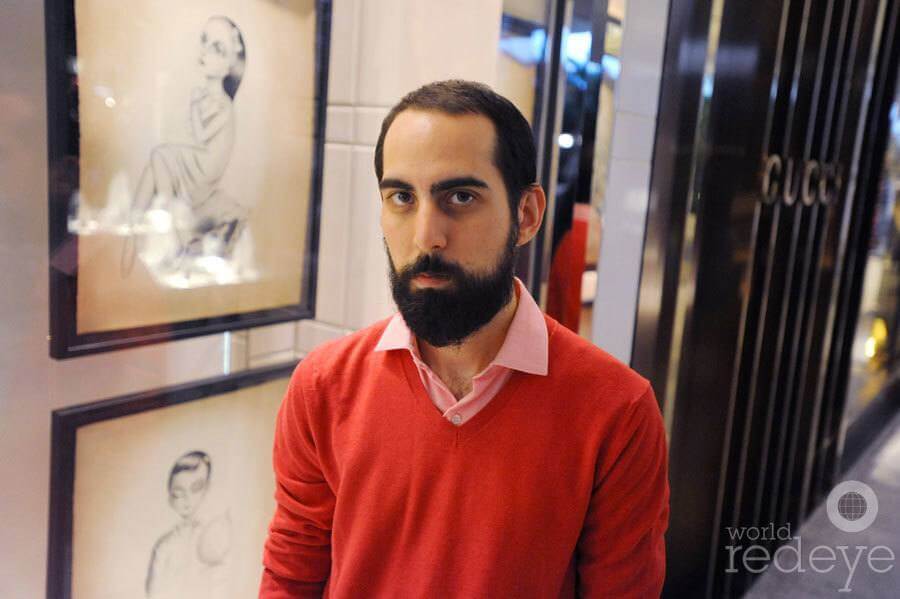Santiago Rubino
Born in Buenos Aires, 1979 and lives in Miami, USA

Rubino was born in Buenos Aires in 1979, and came to Miami when he was ten, along with his parents and his younger brother. His uncle owned a construction company, and encouraged Santiago’s family to move to the US. “My dad was an industrial engineer, and the job prospects and the lifestyle here were meant to be much better,” says Rubino. “And they were.” He was drawing from the age of ten, doodling and colouring and spending all day with his crayons. A lot of his drawings were inspired by Renaissance art and by watching Disney cartoons and Tom And Jerry. “It became like a mixture of everything,” he says. The high, the low.
He fell in love with Da Vinci from a young age – when we met, he mentioned Leonardo, Picasso and Michelangelo in the first ten minutes – and he says the artist influenced him more than anyone. “You look at his life and you see that, wow, he did this by the time he was 20, and wow, he did that by the time he was 22. Every day, another masterpiece.
“My mother always said that I have talent, and I always believe everything she said. So I guess I realised I had some talent when I was young. I just never gave up. That’s the message I would always try to give to young kids: never give up, and don’t let other people affect you. Because it doesn’t matter. It doesn’t matter what anybody says – you gotta be strong and do what you want to do. Art brings people together. And that’s the best part of it. We need more of that.”
Rubino started copying Da Vinci, tracing and stencilling and trying to make his lines work in exactly the same way, using the same techniques to draw cartoon characters. Above all else, he liked the juxtaposition of the old and the new. “I like imperfection. I feel that it is more interesting. Because I love artists that I know draw very beautifully, but I’ve always wanted to subvert it. Because it doesn’t have the same energy.”
Rubino started doing graffiti in 1994, when he was 15, fusing these new techniques with his figurative styles, mixing and matching on the side of warehouse walls in the Wynwood Walls.






